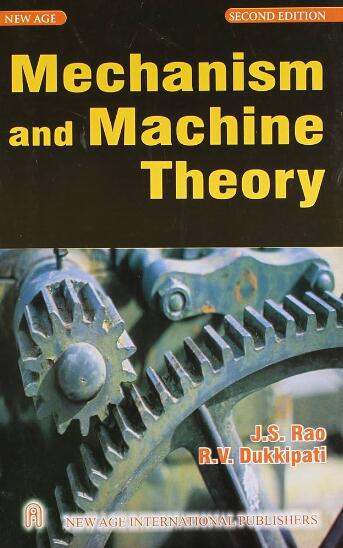一种具有刚度软化特性的新型安全挠性扭转接头设计
IF 4.5
1区 工程技术
Q1 ENGINEERING, MECHANICAL
引用次数: 0
摘要
介绍了一种提高机械通用性的新型柔性关节设计。该设计展示了如何从单向弹簧中获得双向挠度。它可以实现弹簧的并联和串行连接。它具有由应用负载水平确定的多个刚度区域,消除了对离合器机构的需要。可以添加机械限制来定制刚度,提供更多的硬化或软化区域。该设计还允许串联多个柔性接头单元。在一个案例研究中,开发了两个柔性关节单元的串联柔性关节设计,提供了软化刚度特性。关节有刚性、僵硬和柔软的区域。在机器人机械臂中作为串联弹性作动器时,刚性区域的目标是执行低扭矩水平的任务,即轨迹跟踪。刚性区域用于人机交互中的协同任务,而软区域用于增强机器人在控制失效或碰撞情况下的安全性。静、动态试验结果符合理想模型。这种灵活的关节设计提高了机械性能、安全性和适应性。本文章由计算机程序翻译,如有差异,请以英文原文为准。
A new safe flexible torsion joint design with softening stiffness characteristics
This paper introduces a novel flexible joint design that enhances mechanical versatility. The design shows how to obtain bidirectional deflections from a unidirectional spring. It enables the parallel and serial connections of springs. It features multiple stiffness regions determined by applied load levels, eliminating the need for a clutch mechanism. Mechanical limits can be added to customize stiffness, offering more hardening or softening regions. The design also allows for connecting multiple flexible joint units in series. In a case study, the series flexible joint design is developed with two flexible joint units, providing a softening stiffness characteristic. The joint has rigid, stiff, and soft regions. When used as a series elastic actuator in a robot manipulator, the rigid region aims to conduct the tasks at low torque levels, i.e., trajectory tracking. The stiff region is preserved for collaborative tasks in human–robot interaction, while the soft region enhances the robot’s safety in case of control failure or collision. Static and dynamic test results comply with the ideal model. This flexible joint design improves mechanical performance, safety, and adaptability.
求助全文
通过发布文献求助,成功后即可免费获取论文全文。
去求助
来源期刊

Mechanism and Machine Theory
工程技术-工程:机械
CiteScore
9.90
自引率
23.10%
发文量
450
审稿时长
20 days
期刊介绍:
Mechanism and Machine Theory provides a medium of communication between engineers and scientists engaged in research and development within the fields of knowledge embraced by IFToMM, the International Federation for the Promotion of Mechanism and Machine Science, therefore affiliated with IFToMM as its official research journal.
The main topics are:
Design Theory and Methodology;
Haptics and Human-Machine-Interfaces;
Robotics, Mechatronics and Micro-Machines;
Mechanisms, Mechanical Transmissions and Machines;
Kinematics, Dynamics, and Control of Mechanical Systems;
Applications to Bioengineering and Molecular Chemistry
 求助内容:
求助内容: 应助结果提醒方式:
应助结果提醒方式:


